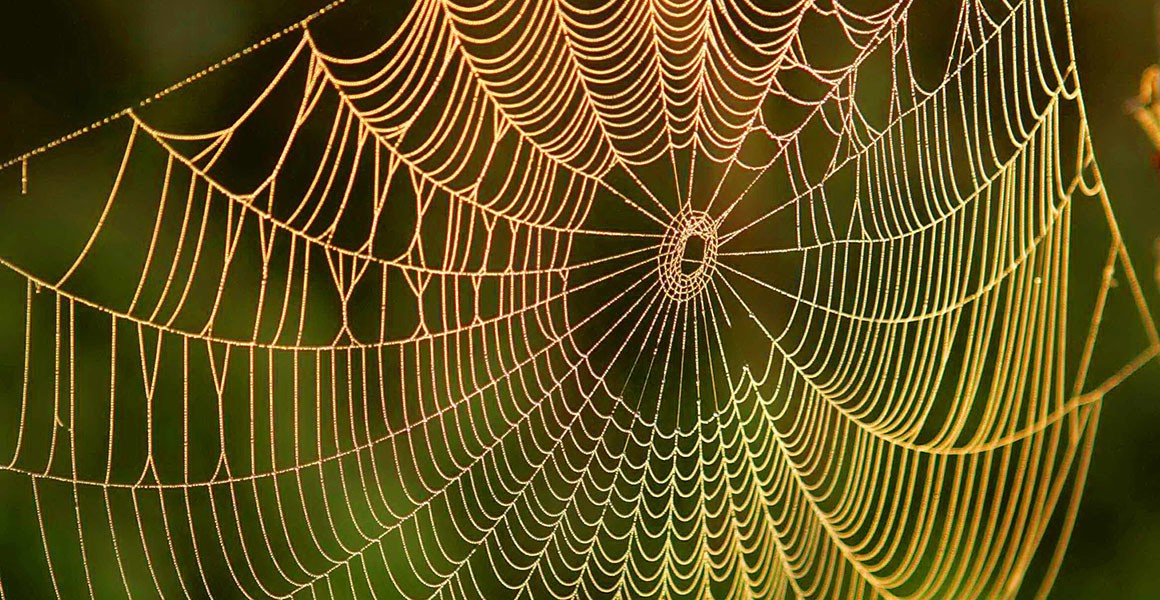The delicate interplay of nature often transcends the mundane, stirring feelings of inspiration and motivation within us. Among the myriad wonders that inhabit our world, spider webs stand out as a poignant symbol of intricacy and resilience. These ephemeral works of art, often unnoticed in the hustle and bustle of daily life, narrate a tale of survival, creativity, and the eternal cycle of energy that sustains the ecosystem. Exploring the realm of spider webs allows us to appreciate their multifaceted beauty while igniting our own imaginations.
To begin with, the architectural sophistication displayed in spider webs is nothing short of remarkable. Each thread is spun with precision, showcasing the arachnid’s proficiency in design. When glistening with dew under the soft hues of dawn, these webs resemble jewels strewn across a silken tapestry, captivating onlookers. The artistry behind these structures can evoke a sense of wonder. It serves as a reminder that inspiration can strike from the most unexpected sources.
Spider webs manifest in numerous forms, reflecting the diversity of their creators. The orb-weaver, known for its circular, spiral-shaped web, exemplifies the quintessential spider web that has mesmerized generations. This design not only showcases aesthetic appeal but also serves a practical purpose—the radial and spiral threads optimize the web’s ability to catch unsuspecting prey. It is a testament to evolution’s inquiry, where function and beauty create a harmonious existence.
Moreover, the orb-weaver’s craft extends beyond mere artistry; it epitomizes the notion of patience and perseverance. Spiders often face environmental adversities that can lead to the destruction of their webs. However, the steadfast dedication of these creatures is inspiring. They invariably set about reconstructing their homes, adapting to new conditions with remarkable resilience. This behavioral motif can serve as an allegorical lesson for humanity—life’s challenges may sometimes dismantle our carefully woven plans, yet the art of rebuilding can lead to innovative outcomes.
In the world of spider webs, one cannot overlook the influence of seasonal changes. As autumn approaches, the landscape transforms, bringing a kaleidoscope of colors. The golden threads of webs become glimmering ornaments upon the frost-laden grasses. This vivid imagery can evoke a sense of nostalgia, reminding us of the cyclical nature of life. The webs, like our endeavours, flourish and fade with the seasons, urging us to embrace both the ephemeral and the enduring aspects of our existence.
From a scientific perspective, spider silk is a marvel of natural engineering. Composed of proteins, this silk is stronger than steel of the same diameter yet remarkably lightweight. Researchers have long been fascinated by its tensile strength, flexibility, and biodegradability. Innovations in biomimicry often draw from the properties of spider silk, inspiring advancements in materials science, from medical sutures to lightweight composites used in aerospace engineering. The microscopic world of spiders seamlessly intertwines with human ingenuity, demonstrating the boundless potential for inspiration that lies embedded within the natural order.
However, the charm of spider webs goes beyond their aesthetic and functional attributes. They resonate with themes of connection and community. Spiders inhabit diverse environments, weaving their webs to foster interaction with the surrounding ecosystem. These intricate structures not only provide shelter and sustenance but also serve as a conduit through which life unfolds. The webs become a gathering point for various organisms, forming a microcosm of biodiversity. This aspect encourages us to recognize the significance of collaboration within our own lives. Much like the interconnected threads of a web, our relationships and aspirations are woven together, creating a unique and multifaceted existence.
As we continue our exploration of spider webs, one cannot overlook their place in cultural symbolism. Across different cultures, spider webs have been depicted in art, literature, and folklore, often representing themes of creativity, destiny, and protection. For instance, in some indigenous cultures, the spider mother is revered as a creator figure, embodying the skills of weaving and nurturing. This cultural lens adds depth to our understanding of these remarkable structures, underscoring the universality of inspiration that transcends geographic boundaries.
In summary, the simple yet profound beauty of spider webs serves as an emblem of resilience, creativity, and interconnectedness. These intricate designs, produced through the diligence of nature’s engineers, have the power to inspire us in myriad ways. As we draw parallels between the life of a spider and our own journey, we uncover poignant lessons about adaptation, perseverance, and the art of rebuilding. Just as each spider constructs its web anew, we too can take inspiration from their example, weaving our aspirations into the fabric of reality. In the realm of spider webs, we find not just art but a mirror reflecting the complexities of existence, reminding us to find motivation in the most unexpected of places.









Leave a Comment